Let Barbara Pleasant’s Homegrown Pantry teach you how to harvest, store, and prepare the spring vegetable.
Harvesting Tips
When: The exact dates of your spring picking season can vary by 2 weeks or more due to variations in soil temperature from year to year. As a rule, asparagus spears will develop when soil temperatures reach 50°F (10°C). The first spears are often lost to hard freezes if left unharvested, but covering beds with row cover tunnels during the first weeks of the harvest season can help limit cold damage.
Long-lived asparagus plants need time to grow large root systems, so it is best to let them keep all of their stems for at least a year. As long as a new planting grew vigorously its first season (and your growing season is not extremely short), you can harvest spears for 2 weeks when your planting is 1 year old. The next season, harvest all spears that appear for the first 4 weeks of active growth. In the third season, you can harvest asparagus for 6 weeks; by year 4 the plants will be strong enough to tolerate a full 8-week harvest season.
How: Snap off spears that are longer than 4 inches at the soil line as soon as they appear in spring. In cool weather, you can let the spears grow longer. Promptly refrigerate harvested asparagus, and eat or preserve within a few days.
Food Preservation Options
When you tire of eating fresh asparagus but the spears keep coming, you can freeze some, make a batch of pickled asparagus in a vinegar brine, or dry bite-size pieces into threads in your dehydrator.
Freezing. Choose your prettiest spears for freezing, even if it means working in small batches. Follow the steps for blanching and freezing vegetables on pages 21–22. Try to keep as much length as you can when trimming spears, because if you later want to grill or sear your thawed asparagus, you will be happy to have large pieces. Always blanch asparagus before freezing it, because blanching actually increases the nutritional value of this veggie by altering enzymes.
Canning. A low-acid food, asparagus requires processing in a pressure canner for 30 minutes, which causes it to become overcooked. However, you can make pickled asparagus in a vinegar brine (recipe here) to showcase this vegetable’s beauty in cold salads and sandwiches.
Drying. One-inch-long pieces of asparagus that have been blanched and cooled will dry into tiny threads of asparagus, which do an amazing job of regaining their shape when cooked in simmering water or stock. If you plan to use your stored asparagus mostly in soups or casseroles, drying is a great method to try.
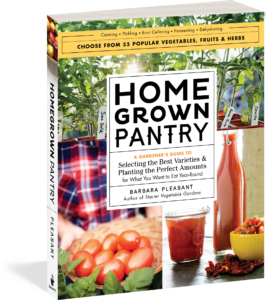 About the Book:
About the Book:
Now that you’ve mastered gardening basics, you want to enjoy your bounty year-round, right? Homegrown Pantry picks up where beginning gardening books leave off, with in-depth profiles of the 55 most popular crops—including beans, beets, squash, tomatoes, and much more—to keep your pantry stocked throughout the year. In-depth profiles highlight how many plants to grow of each crop for a year’s worth of eating, and which storage methods work best for specific varieties. Author Barbara Pleasant culls tips from decades of her own gardening experience and from growers across North America to offer planting, care, and harvesting refreshers for every region and each vegetable.
Buy the Book
Indiebound | B&N | Amazon | Workman

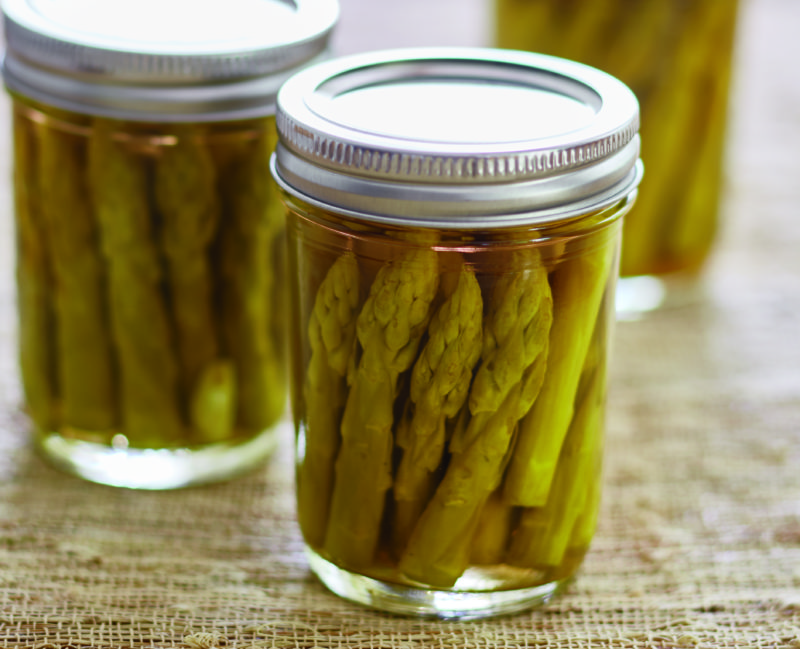
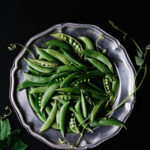
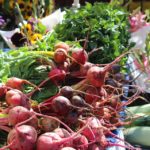
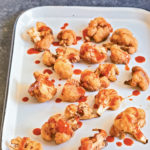

No Comments